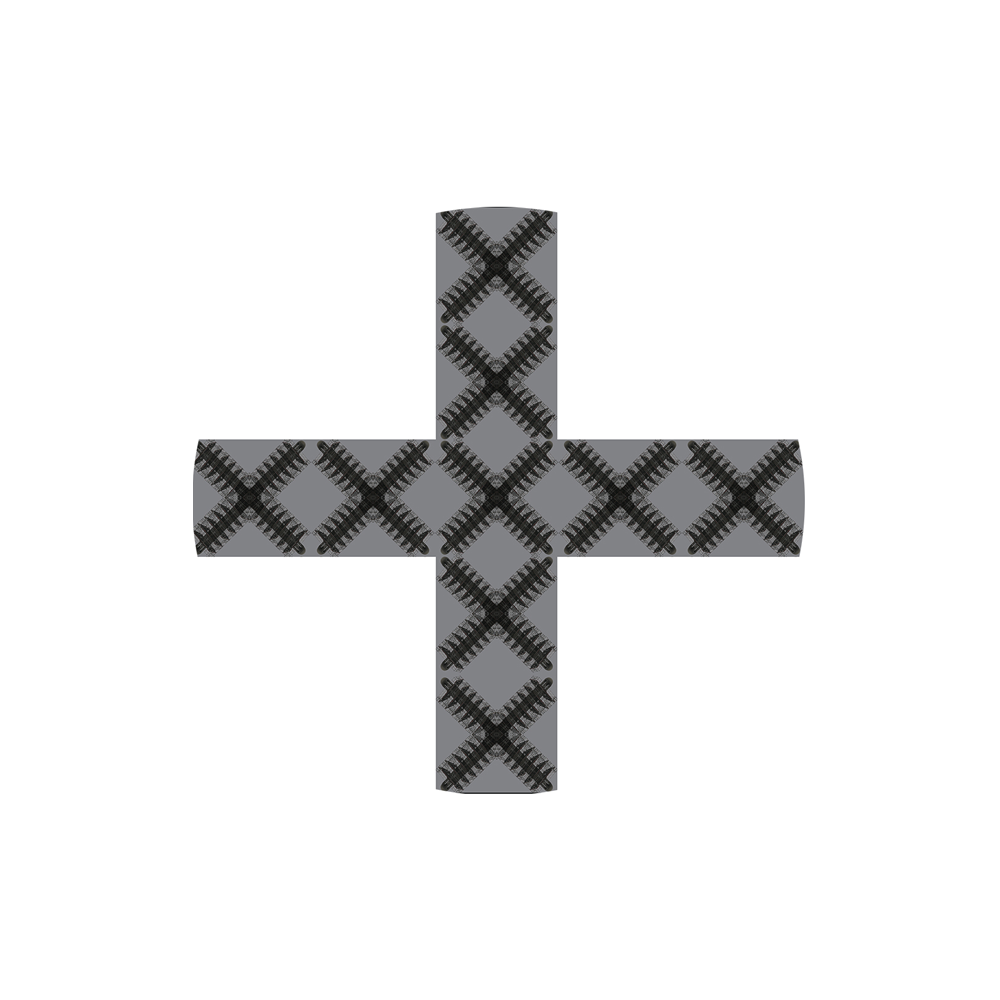Moisture Eater

Moisture Eater Installation Tjook 1996 – the central figure
The Moisture Eater installation (Tjook 1996) was specially created for the basement of the HCAK – (Haags Centrum voor Aktuele Kunst) 1978-1996 – in The Haque, the Netherlands.
I first got the idea from a note the people from HCAK had placed at the door of the ‘basement telling the space was actually too moist for art exhibition purposes. I immediately wanted to do something with that fact and it made me drop the initial idea for the interactive computer ‘installation I had in mind.
The dutch title or the installation was “Vochtvreter”, the same name as the moisture eater corn(calcium chloride)one can bye in local drugstores to absorb moisture in damp rooms at home.
Elements of the moisture Eater Installation
Central in the Moisture Eater Installation was a female mannequin figure:
- through the opened top of the head the manneqúin was filled with moisture eater corn(calcium chloride).
- her arms were removed
- her legs were duplicates made of fresh an unbaked grey clay.
- the entire assembled figure was placed in a transparent enclosure.
- a base with fluorescent tubes
Context Attributes
8 small lamps or magic hope lights, 2 on every wall in the room: these were constructed with business cards offerings of “witch doctors” types or “quacks” as some would say, who promise that they are capable of curing everything. These cards were dropped regularly in the mailboxes in the area where I lived at the time in The Hague.

Moisture Eater Installation Tjook 1996 – a central figure with 3 lamps

Mr Sadialy lamp – Moisture Eater Installation Tjook 1996

Dubana lamp – Moisture Eater Installation Tjook 1996

Sentral mannequin figure rare view and an old-fashioned portable jute stands as a vertical post in the room
Moisture Eater Installation Tjook 1996
- post-mortem: an old-fashioned portable jute stands opposite the mannequin as a vertical post in the room. Inside the jute a hidden fluorescent tube.
- musical accompaniment: a small transistor radio with an unclear world transmitter
Moist Eating Process
The moisture eater corn attracts and absorbs the moist in the basement with becomes water. The water passes through the doll into the cavity of the legs of unbaked clay. This clay is thereby is slowly softened. The figure slowly sinks through the weakened legs. This until the upper edge of the funnel (skull), the top of the perspex cylinder sealing and torso on the remains of the clay legs standing in water. This process should be adjusted so that it takes place during the exhibition.

Moisture Eater Installation Tjook 1996 – closeup of a head filled with calcium chloride corns

Tjook checking the moisture eater corn(calcium chloride)

